Garlic Bulbs or Cloves: Do You Know the Difference?
Garlic bulbs feature prominently in cuisines around the world, adding robust flavor to countless dishes.
White, papery spheres grow underground and pack a powerful punch of taste and aroma.
Many home cooks sometimes confuse the entire bulb with individual segments found inside.
The complete bulb contains multiple cloves held together by a papery skin.
Each clove represents a separate piece that can be planted to grow an entirely new bulb.
Most recipes specify exactly which form works best for specific dishes and cooking methods.
Continue reading to learn how both forms can enhance your cooking in unique and flavorful ways.
Exploring Garlic: Natural Treasure in Bulb Form
Garlic plants grow underground as bulbous herbs with multiple cloves packed into one bulb and long roots.
Each clove offers a strong, pungent flavor with sweet and nutty undertones, especially in smaller varieties where the taste becomes more intense.
Just a little garlic can enhance a dish wonderfully, though too much might overpower other flavors.
Both softneck and hardneck varieties exist - softneck stores better while hardneck provides richer taste and larger size.
Most bulbs measure between 1-2 inches across, with individual cloves protected by white papery skin that peels away easily.
These bulbs serve dual purposes as both food sources and potential new plants when placed in soil.
China leads global garlic production, followed by India, South Korea, and the USA, with Chinese garlic typically featuring large bulbs containing approximately 12 cloves each.
Exploring Garlic Cloves: A Quick Review
Garlic cloves are segments found inside a garlic bulb when the papery skin is removed. Most people see these oddly-sized pieces attached to the head and use them regularly for cooking and medicinal purposes.
Peeling, chopping, mincing, or using whole cloves works perfectly in many dishes. Each small clove comes wrapped in white papery, fibrous skin that can be easily removed by first cutting off the top of the bulb and then pulling the cloves out with your fingers.
Many recipes require peeled garlic, though some dishes don't need this extra step. Sauces that will be strained later, for instance, can include garlic with its skin intact since it won't affect the final product.
The versatility of these little flavor bombs makes them essential in kitchens worldwide.
Garlic Bulbs or Cloves: What’s the Real Difference?
| Feature | Garlic Bulbs | Garlic Cloves |
| Size | Larger, round cluster | Small, individual pieces, usually crescent-shaped |
| Usage | Typically broken apart to separate cloves before cooking | Used directly in cooking, minced, chopped, or crushed |
| Shelf Life | Can last several months when stored properly | Shorter shelf life once separated from the bulb |
| Flavor | Contains the combined aroma and flavor potential of all cloves | Provides the concentrated garlic flavor for recipes |
| Preparation | Requires peeling and separating into cloves before use | Requires peeling before use |
| Storage | Store whole bulbs in a cool, dry place | Store peeled cloves in airtight containers or refrigerated if not used immediately |
| Availability | Sold whole in markets and grocery stores | Usually separated from bulbs or sold peeled |
Size and Appearance
The garlic bulb is roughly spherical or oval-shaped and can vary from about 1.5 to 3 inches in diameter depending on the variety. Its outer skin is dry and flaky, typically white or off-white, sometimes tinged with purple streaks.
Cloves are much smaller, typically 1 to 2 centimeters long, tapered at one end and rounded at the other. They have a smooth, shiny surface beneath their papery skin.
Clove size can vary widely within the same bulb; some large, some small, affecting how they are peeled and used.
Usage and Preparation
The bulb is not eaten as a whole; rather, you break it apart to access the cloves. Cloves are the cooking units, used fresh, minced, crushed, roasted, or powdered.
Cloves are the part responsible for garlic’s flavor and aroma, with their pungency intensifying when chopped or crushed due to enzyme activation releasing allicin. Garlic bulbs are also used for planting new garlic crops; individual cloves are planted to grow entire bulbs.
This makes bulbs critical not only for culinary use but also for agricultural propagation.
Flavor and Aroma
Cloves provide the characteristic sharp, pungent, and spicy flavor associated with garlic. The intensity can vary by variety and freshness but generally is quite strong in fresh cloves.
The flavor comes primarily from sulfur compounds like allicin, which form when cloves are crushed or chopped. Bulbs themselves have no flavor, but their composition determines the overall flavor intensity available from the cloves inside.
Storage and Shelf Life
Whole garlic bulbs have a longer shelf life than separated cloves when kept intact because their papery skin protects the cloves inside from moisture loss and microbial attack. Bulbs stored in a cool, dry, well-ventilated place can last for several months.
Once the bulb is broken, individual cloves have a shorter shelf life, typically lasting a few weeks under refrigeration. Peeled cloves spoil much faster due to moisture exposure.
Proper storage is crucial to maintaining garlic’s flavor and preventing sprouting.
How to Peel and Mince Garlic Like a Kitchen Pro
Removing those papery skins from garlic cloves can eat up your time and leave an unwanted smell on your hands. Our simple trick makes this kitchen chore so much faster!
Step 1: Loosen The Garlic Cloves
Peeling garlic doesn't need to be difficult. First, simply pull away the thin, papery outside layer with your fingers.
After that, separate all the individual cloves from the bulb. The final step involves cutting off the small root end from each clove.
This quick process makes your garlic ready to mince, crush, or slice for any recipe.
Step 2: Peel The Garlic
Once the cloves are separated, a quick stem removal with your knife makes the process easier, then simply press each clove firmly between your fingers to pop it out of its papery covering. The garlic is now ready for mincing, roasting, or adding whole to your favorite dishes without any fuss.
Step 3: Mince The Garlic
Getting garlic cloves perfectly minced is simple with the right technique. Start by slicing them lengthwise from top to bottom, then continue slicing in a clockwise motion until your mince reaches the desired smoothness.
For a paste-like consistency, the flat side of your knife works wonders when you scrape the minced pieces back and forth.
How to Grow Garlic at Home From Cloves
Garlic ranks among the simplest plants to grow at home, requiring just basic soil and occasional watering. Instead of buying garlic from stores, home gardeners can save money by regrowing it from leftover cloves.
Choose Healthy Garlic Cloves
Select large, healthy cloves from a fresh garlic bulb. Avoid small, damaged, or shriveled cloves, as they may not sprout well.
Leave the papery skin intact on each clove.
Prepare Soil and Plant
Use loose, well-drained soil rich in organic matter (pH 6.0–7.0). Plant cloves pointy end up, 2 inches deep, spaced 4–6 inches apart (or in a deep pot).
Water and Mulch
Water well after planting and keep soil moist. Apply mulch to retain moisture and suppress weeds.
Provide Sunlight and Care
Place in full sun (6+ hours/day). Water regularly and remove weeds.
Fertilize early with nitrogen-rich fertilizer.
Harvest and Store Properly
Harvest after 8–10 months when lower leaves brown. Cure bulbs in a dry, ventilated area for 2–3 weeks.
Store cured garlic in a cool, dry, dark place with good airflow for long-lasting freshness.
Storing Whole Garlic Bulbs and Loose Cloves
It's important to know how to store garlic bulbs and cloves. Read on to find out.
Whole Garlic Bulbs
Keep whole bulbs intact for the longest shelf life. Store them in a cool, dry, and dark place with good ventilation, ideally around 60°F (15°C) and 60% humidity.
Use mesh bags, paper bags, or loosely woven baskets to allow airflow and prevent moisture buildup, which can cause mold or sprouting. Avoid storing whole bulbs in the refrigerator, as the cold and humidity can make them sprout prematurely.
Loose Garlic Cloves
If you’ve broken the bulb and have loose cloves, use them within 10 days for best flavor and freshness. Store loose cloves in a dry container with good ventilation at room temperature.
Avoid refrigeration, as it encourages sprouting and softening. For peeled cloves, keep them in an airtight container in the refrigerator and use within a week.
You can also freeze peeled cloves for longer storage, though the texture may soften.
Got Questions? We’ve Got Solutions
1. Can I use garlic cloves instead of a whole bulb in recipes? Yes, you can!
One garlic bulb typically contains 10-12 cloves. If a recipe calls for one bulb, you'll need all the cloves from that bulb. If it specifies cloves, just use that exact number.
2. How should I store garlic bulbs and cloves?
Store whole bulbs in a cool, dry place with good air circulation for up to 3-4 months. Once you've broken a bulb apart, the separated cloves will last about 7-10 days. Peeled cloves should be refrigerated and used within 2-3 days.
3. Does garlic flavor change when using bulbs versus individual cloves?
The flavor intensity is the same whether you use a whole bulb or individual cloves. What affects flavor is how you prepare the garlic - mincing creates stronger flavor than slicing, and roasting whole bulbs produces a sweeter, milder taste.
4. Can I grow garlic from store-bought bulbs and cloves?
Yes! Plant individual cloves (not the whole bulb) in fall with the pointed end facing up. Each clove will grow into a new bulb by the following summer. Choose firm, healthy bulbs for the best results.

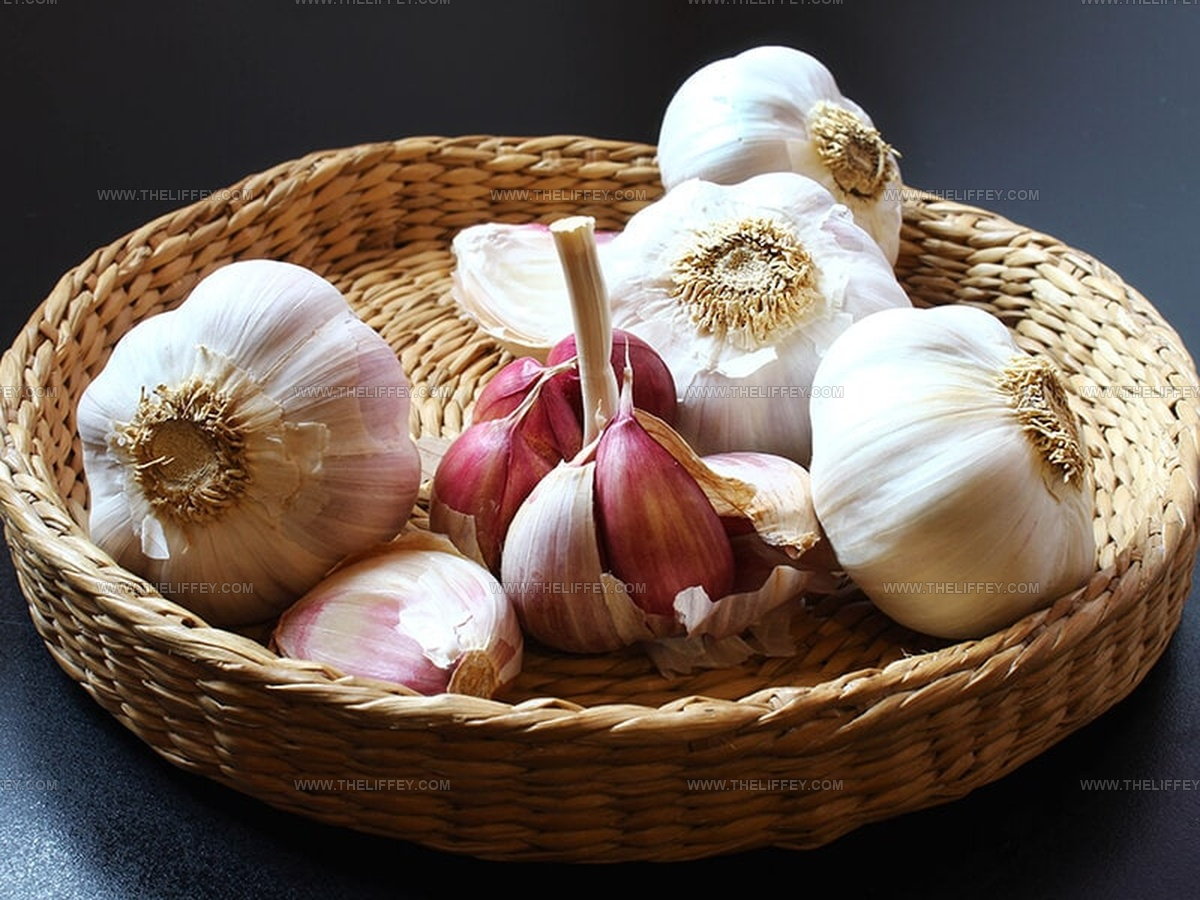
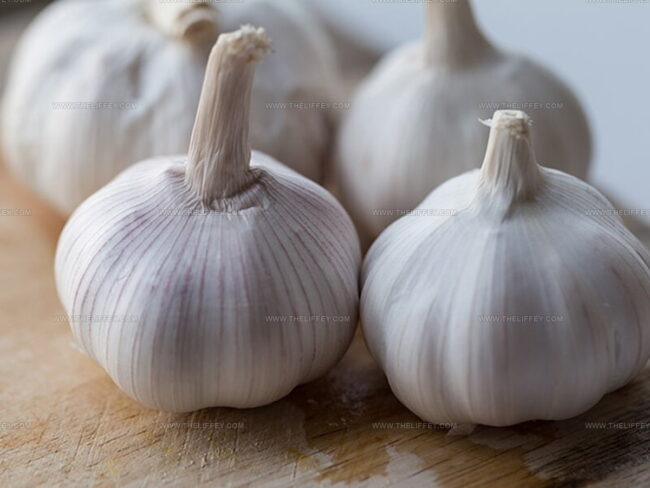
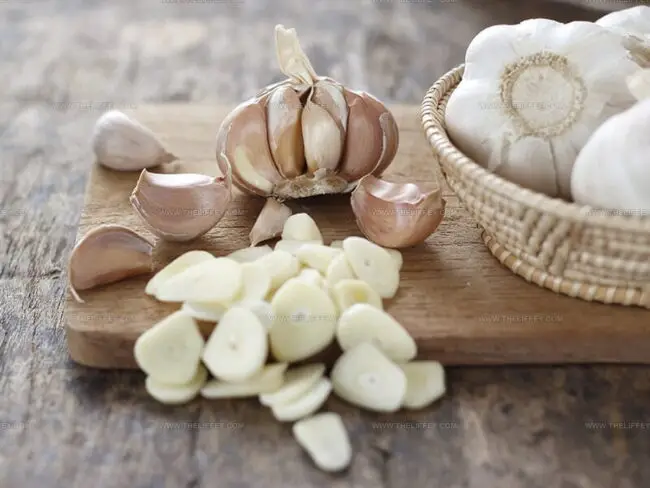
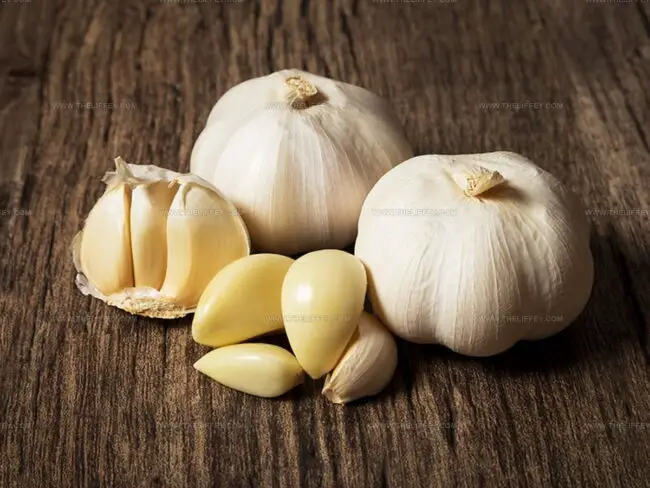
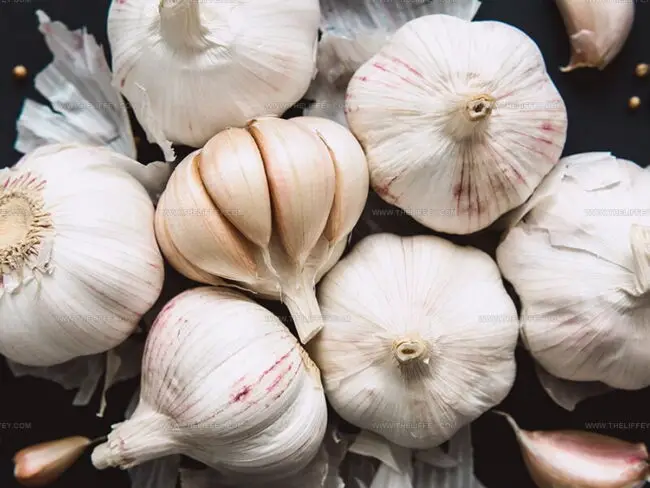
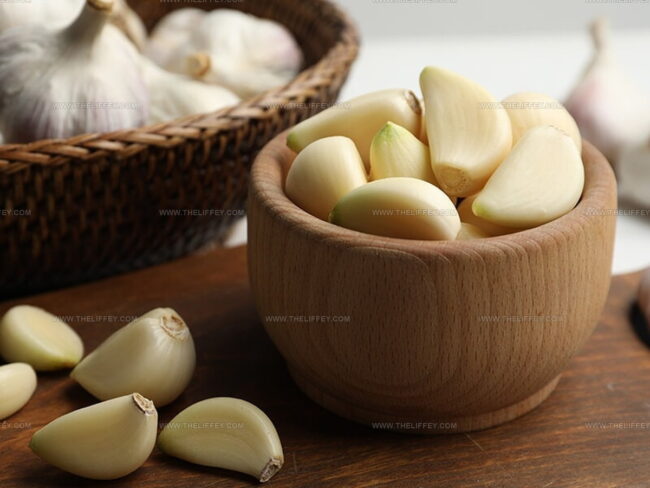
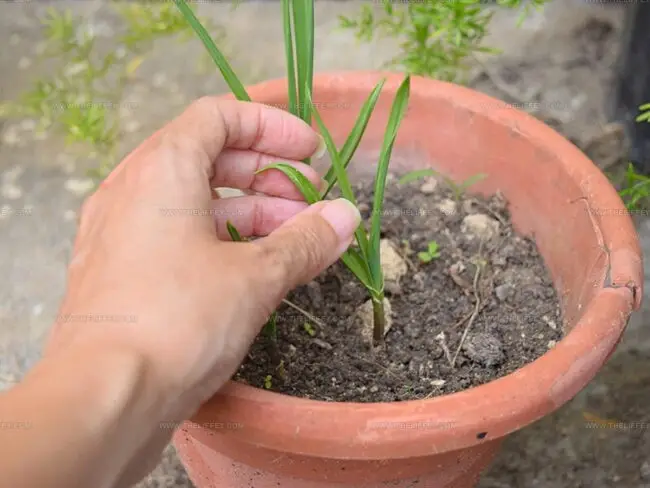
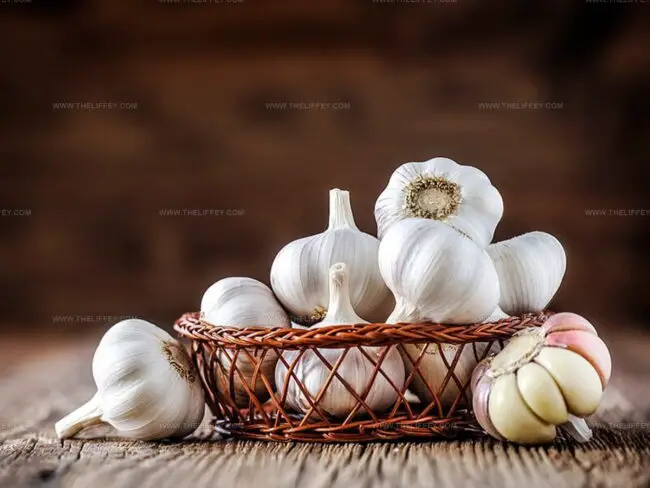
John Conley
Founder & Culinary Storyteller
Expertise
Recipe Development, Culinary Writing, Home Cooking Techniques, Seasonal Ingredient Utilization
Education
Lane Community College, Eugene, OR
Certificate in Culinary Arts
Focused on foundational cooking techniques, kitchen safety, and menu planning.
Gotham Writers Workshop, New York, NY
Course in Food Writing
Explored the art of crafting engaging culinary narratives and recipe development.
John grew up where food meant connection: big bowls, warm kitchens, and meals that told a story. After earning his Certificate in Culinary Arts from Lane Community College and diving deep into food writing at Gotham Writers Workshop, he found his calling: turning everyday recipes into something worth savoring.
At The Liffey, John’s focus is all about crafting dishes that feel easy, honest, and full of heart.